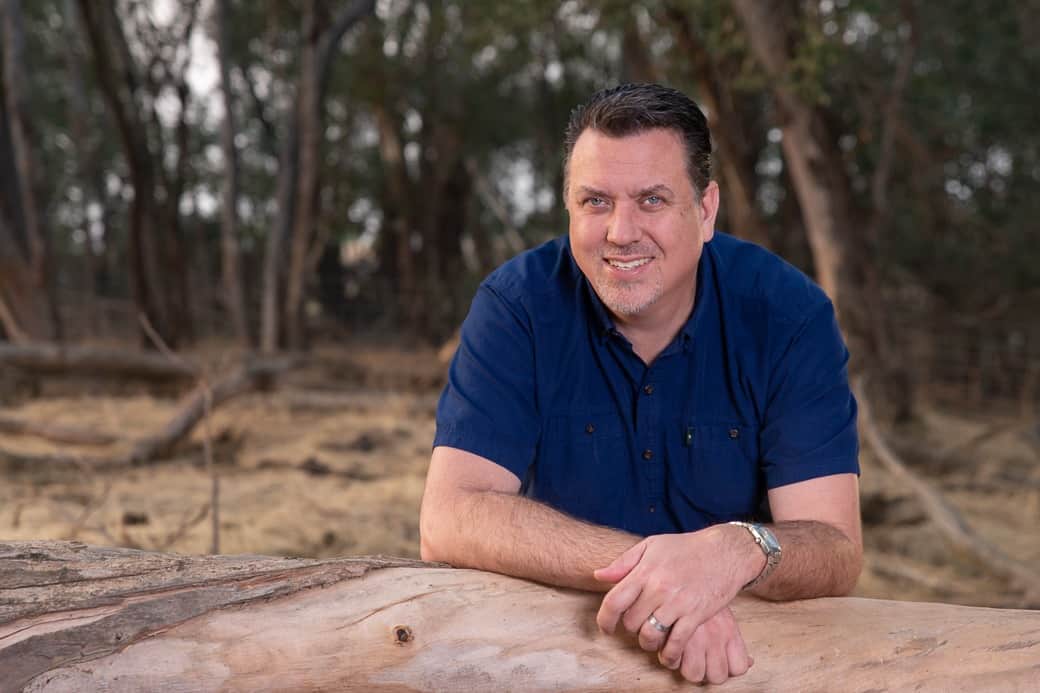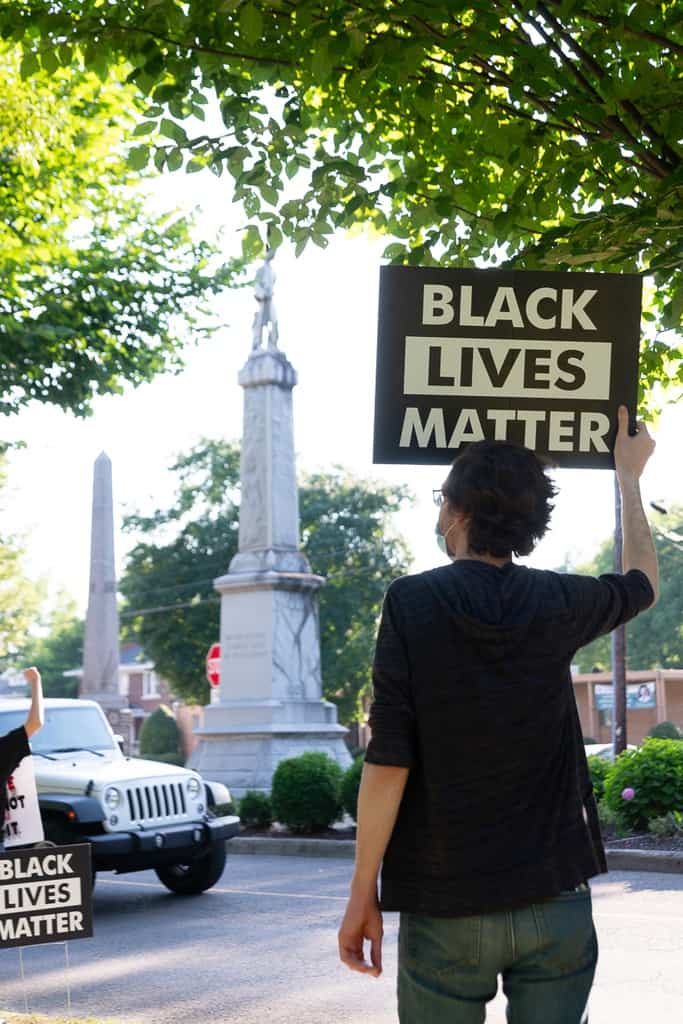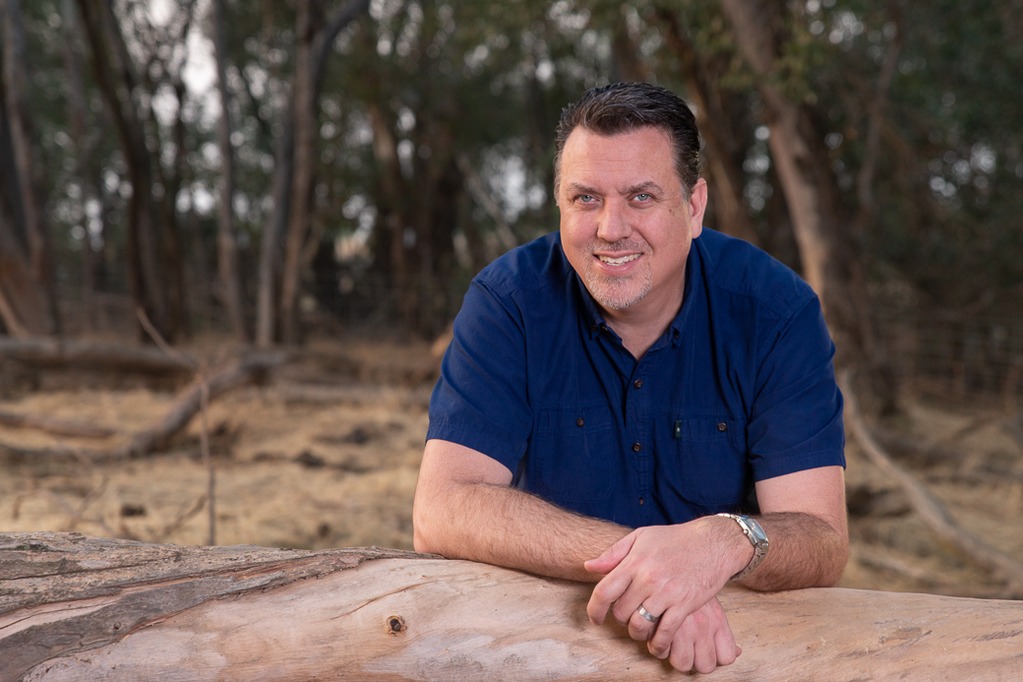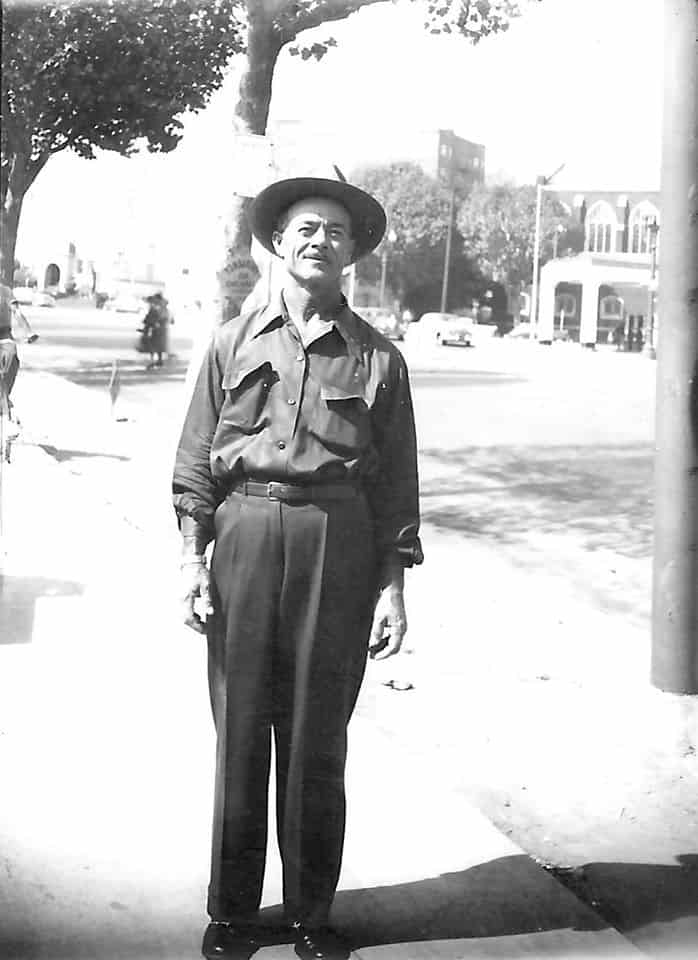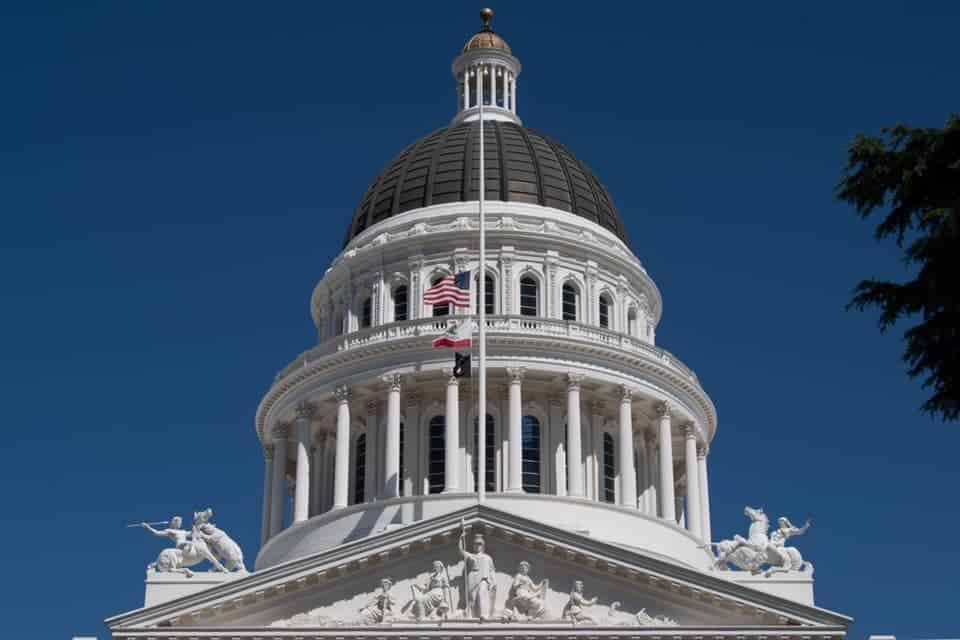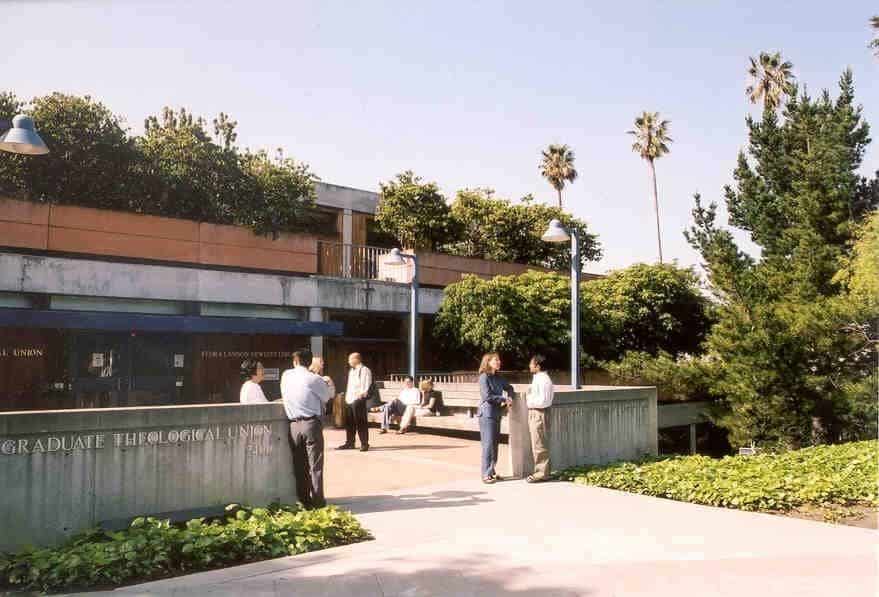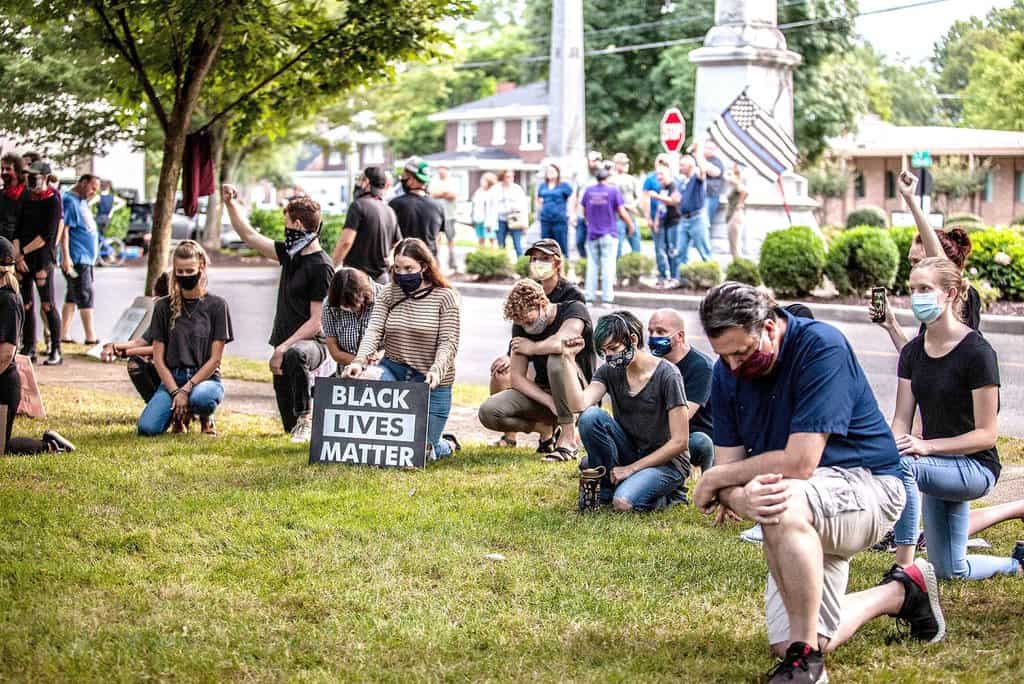My family history in Tennessee goes back over 200 years, although I was raised in California.
I never imagined the two sides of my heritage would collide as they have.
A tale of three sides
In 1812, my great-great-great-grandfather moved with his 20 slaves to the Appalachian hills of east Tennessee to claim a land grant. His son fought for the Confederacy. My middle name, Chambers, comes from this side of my family.
While part of my family stood with the Confederacy, Scott County, where my family resided, voted against seceding from the Union by the largest margin of any county in the state.
They even declared themselves the Free and Independent State of Scott. The slaves my family owned, on the other hand, were not freed until the Emancipation Proclamation.
The other side of my family were Mexican immigrants in California. My father, Cruz Reynoso, attended a segregated elementary school, and despite being an American citizen was repatriated as a child to Mexico with his family. In the 1960s, he became a leader in the Chicano Civil Rights movement and later the first Latino on the California Supreme Court.
Last year, I moved near my mother’s roots in Tennessee to take a position at a private university. Now, the heritage of social justice from my father and my mother’s proud family history exist in tension.
A fight over a small town monument
In Cleveland, Tennessee, like so many towns across the South, there is a Confederate monument erected by the United Daughters of the Confederacy. These monuments are a part of the Lost Cause mythology that sought to rewrite the history of the Civil War.
This summer, Kelsey Osborne, a Black university student, began a petition to relocate the Confederate monument. This simple act has led to months of demonstrations led by Franco Crosby.
The response has been intense. Both have received death threats. Multiple times, passing trucks have swerved at the demonstrators, missing us by inches.
A county commissioner claimed Crosby was a “cult leader” seeking to “incite violence.” A former commissioner held a meeting in the courthouse advocating vigilantism. He claimed the demonstrators were communist insurrectionists who “would kill you [and] your wife.”[1]
Counter protesters heckled the demonstrators, even saying things like, “Is it worth dying for?”
Religion has also visited the monument site. One preacher proclaimed that “sin is resembled as black.” Another protester recently proclaimed that Jesus’ favorite color is white.
Social media posts have included comments like, “Wake the hell up or you will be visiting a grave with your sons’ or daughters’ name on it.” “Regular folks are starting to say no. And regular folks don’t put rubber bullets in their guns.”
Standing on the bridge of time
While monuments across the South are being removed, Cleveland is committed to retaining its monument to injustice.
Two hundred years ago, my family came to Tennessee as slave owners. One hundred-fifty years ago, my family was on both sides of the Civil War. A hundred years ago, the other side of my family came to the United States from Mexico. Fifty years ago, my father fought for Chicano Civil Rights.
Today, I stand at the gateway to our historic downtown with a diverse group working toward racial justice, mindful of how far we have come while seeing how far we still must go.
This piece was first published as an opinion piece in the Tennessean on October 29, 2020.

